Eczema is a common skin condition that affects millions of people worldwide, including children and adults. Understanding how eczema looks and evolves can help you manage the condition more effectively. This guide will break down the different ways eczema presents itself across various skin tones, ages, and levels of severity, so you can identify it and take steps to minimize discomfort.
What is Eczema?
Eczema, also known as atopic dermatitis, is a chronic condition that causes the skin to become inflamed, itchy, and prone to cracking. Eczema flare-ups can appear anywhere on the body but are most commonly found on areas like the face, hands, elbows, and knees (National Eczema Association).
How Does Eczema Look on Different Skin Tones?
One of the challenges of diagnosing eczema is that it can look quite different depending on your skin tone. On lighter skin, eczema often presents as red, pink, or inflamed patches that are easy to spot. On darker skin tones, however, eczema might look more purple, brown, or even gray (National Eczema Association). This can sometimes make it harder to recognize. In both cases, the skin will usually feel rough, dry, and itchy, regardless of color.
Mild, Moderate, and Severe Eczema
Eczema can range from mild to severe, with different symptoms at each stage:
- Mild Eczema: Small, dry patches of skin that may feel rough but aren't too painful. These patches are typically less red or inflamed in this stage.
- Moderate Eczema: As eczema progresses, the skin becomes redder and itchier. You might notice swelling or cracks forming in the affected areas.
- Severe Eczema: In severe cases, the skin can crack, bleed, or become infected, leading to painful sores. This often happens when the skin's barrier is highly compromised.
Eczema on Babies and Children
Eczema is especially common in infants and children. Babies often experience eczema on their cheeks, scalp, and the backs of their arms and legs. As children grow, the affected areas might shift to the inside of the elbows, knees, or wrists. Severe childhood eczema can sometimes result in thickened, leathery skin due to excessive scratching.
Eczema on Adults
Eczema in adults tends to look a little different. Over time, the skin may become thicker and more leathery due to chronic inflammation and itching. Adults often experience eczema on the hands, neck, and areas of the body that experience a lot of friction, like around the elbows and knees.
How Can You Tell if Eczema is Infected?
In some cases, eczema can become infected. This happens when bacteria enter the skin through cracks or open sores. Signs of infection include:
- Yellow or green pus
- Increased redness or warmth
- Crusting, especially honey-colored crusts
Swelling or pain in the area If you notice any of these symptoms, it’s important to seek medical advice as soon as possible (National Eczema Association).
How to Manage Eczema
Managing eczema involves a combination of lifestyle changes, skincare, and sometimes medication. Here are a few tips to help reduce flare-ups:
- Moisturize Regularly: Keep your skin hydrated with a gentle, fragrance-free moisturizer like Rejuvaskin’s Skin Recovery Cream. This product is designed to support the skin barrier, keeping moisture in and irritants out.
- Use Eczema-Friendly Fabrics: Soft, breathable fabrics like organic cotton and silk can help reduce irritation and friction against sensitive skin.
-
Avoid Triggers: Common eczema triggers include allergens, stress, certain soaps, and environmental factors like dry air.
Final Thoughts
Eczema might look different from person to person, but it’s always important to recognize and manage the symptoms early. Whether it’s using a trusted product like Rejuvaskin Skin Recovery Cream to moisturize daily or adjusting your lifestyle to avoid flare-ups, taking these small steps can make a big difference.
Works Cited
- American Academy of Dermatology. (2021). Eczema types and symptoms. Retrieved from https://www.aad.org/
- National Eczema Association. (2023). What does eczema look like? Visual guide. Retrieved from https://nationaleczema.org/visual-guide/
- WebMD. (2023). Atopic dermatitis overview. Retrieved from https://www.webmd.com/skin-problems-and-treatments/eczema
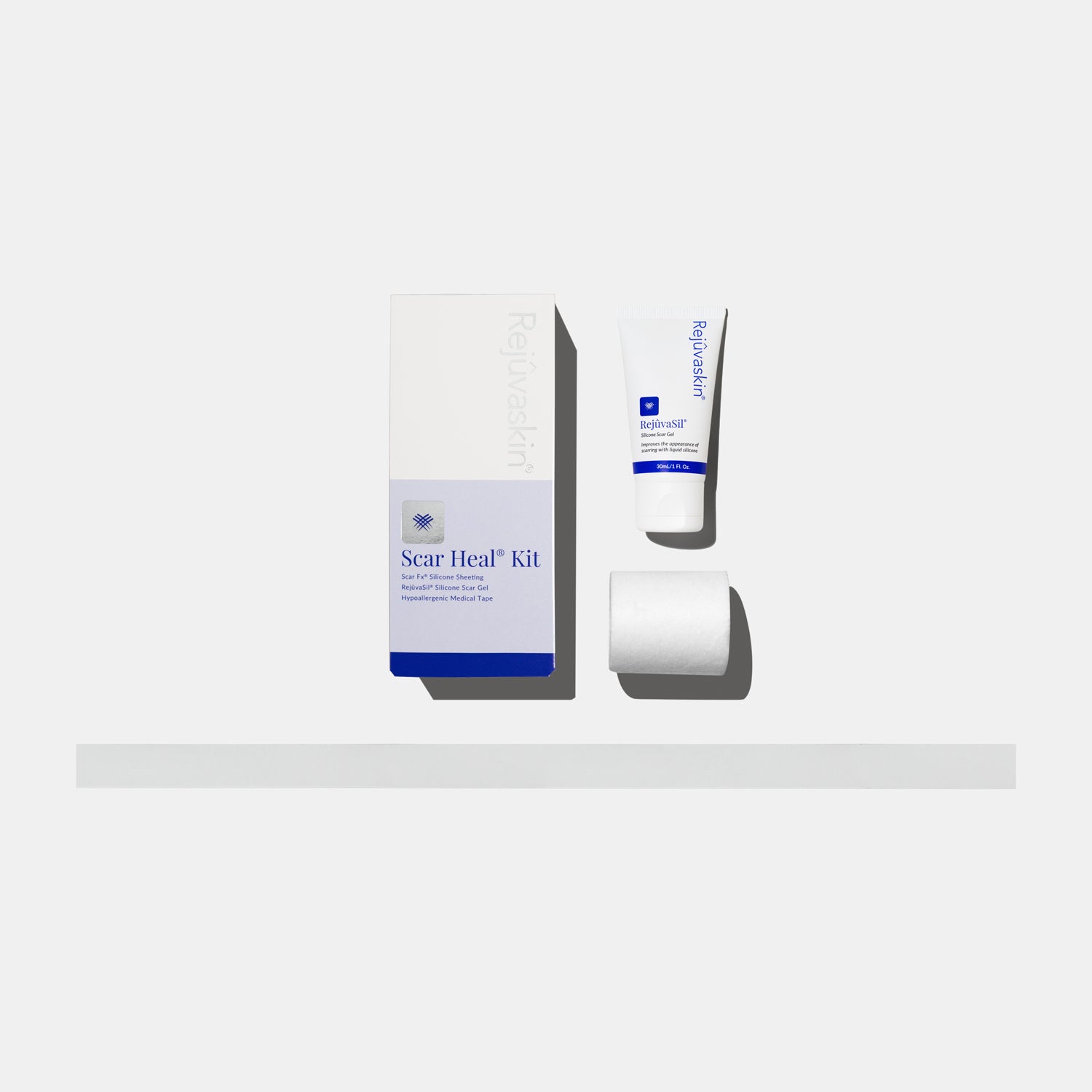


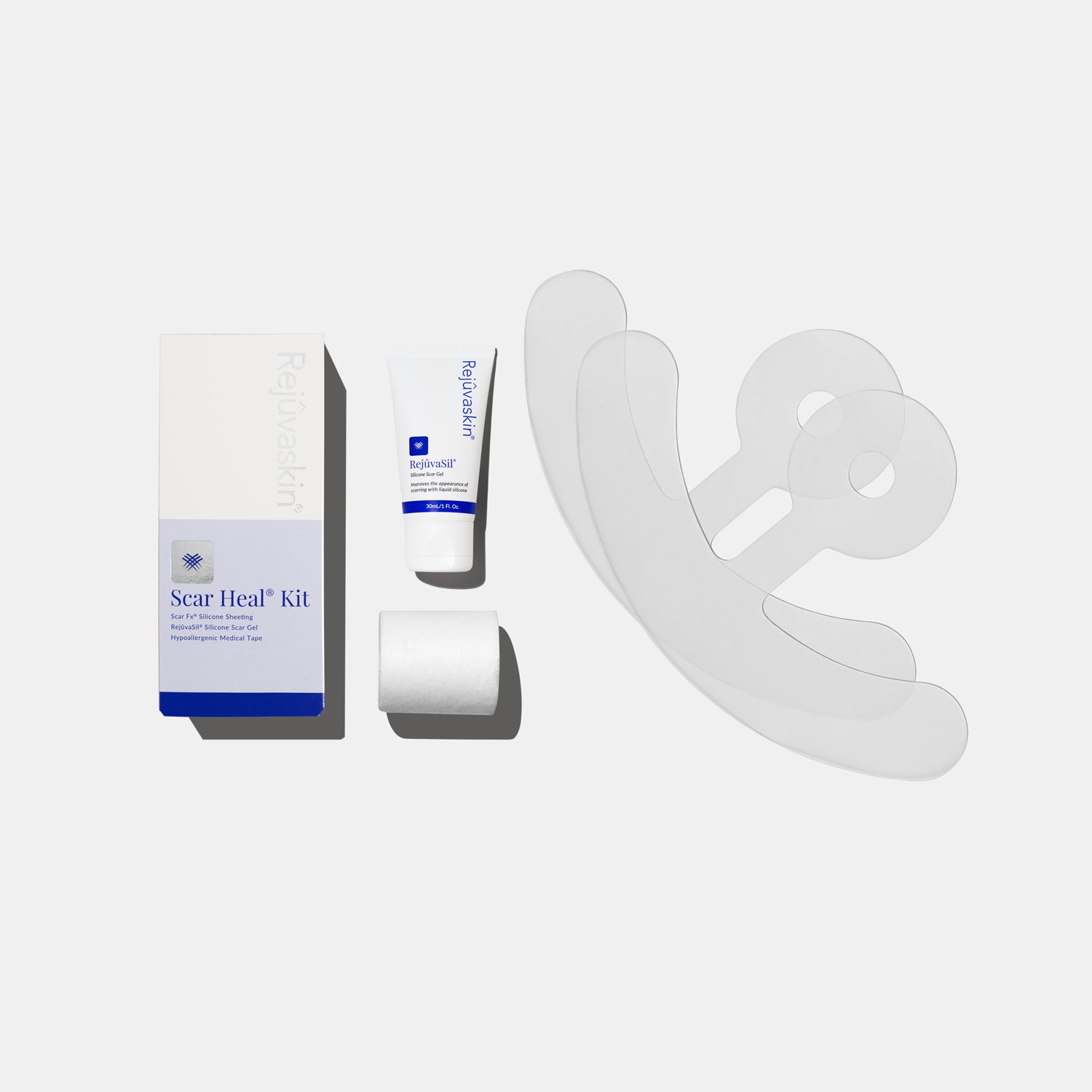
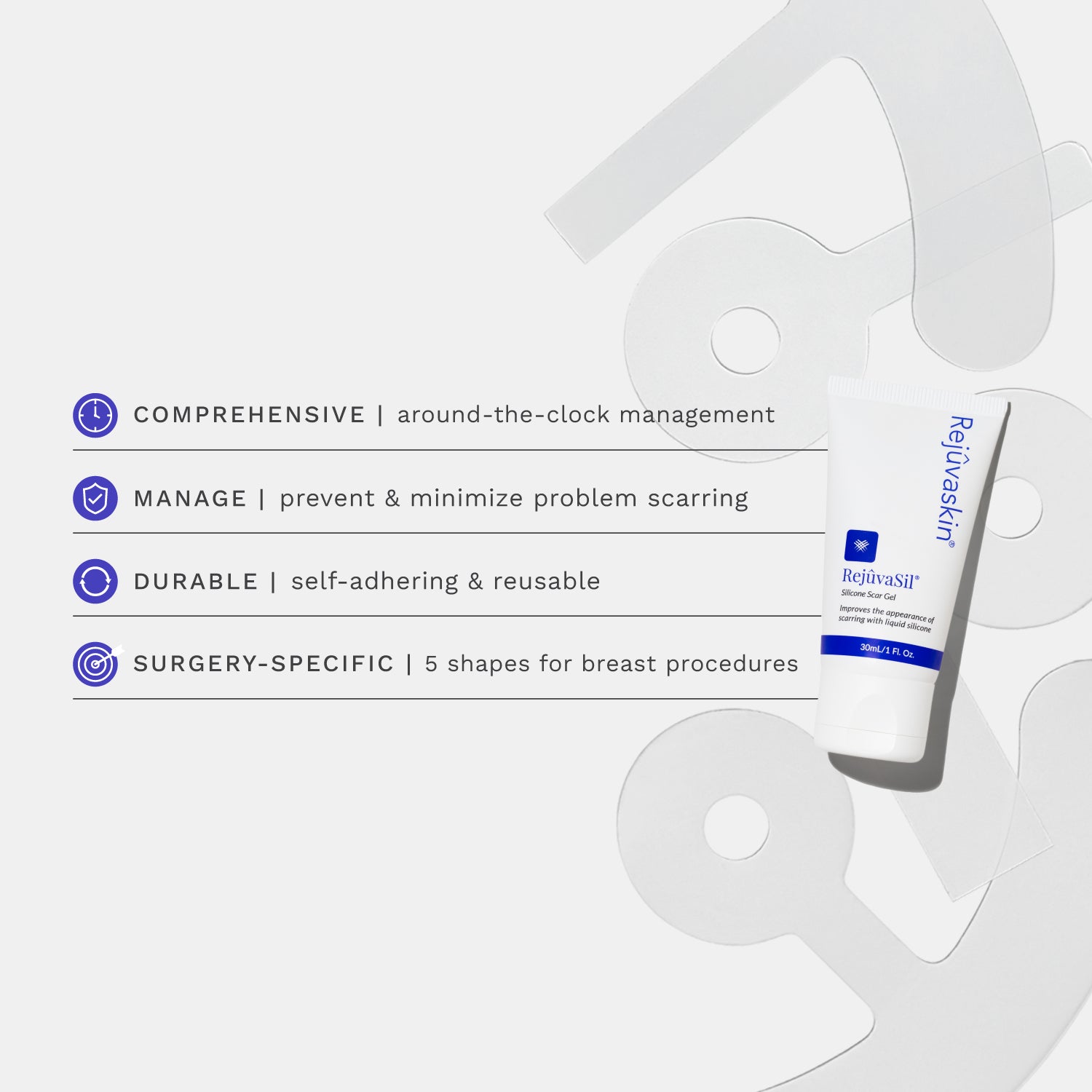

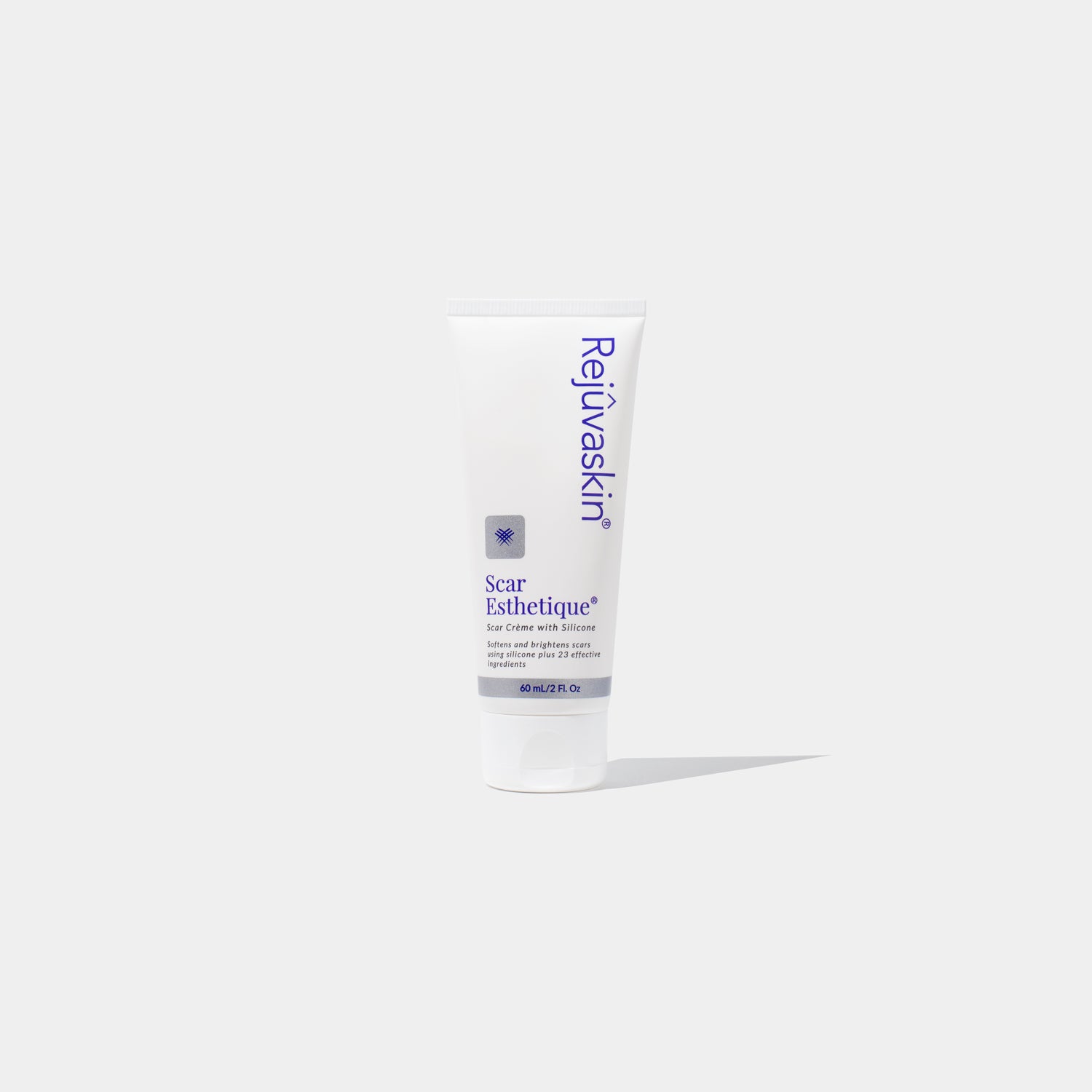
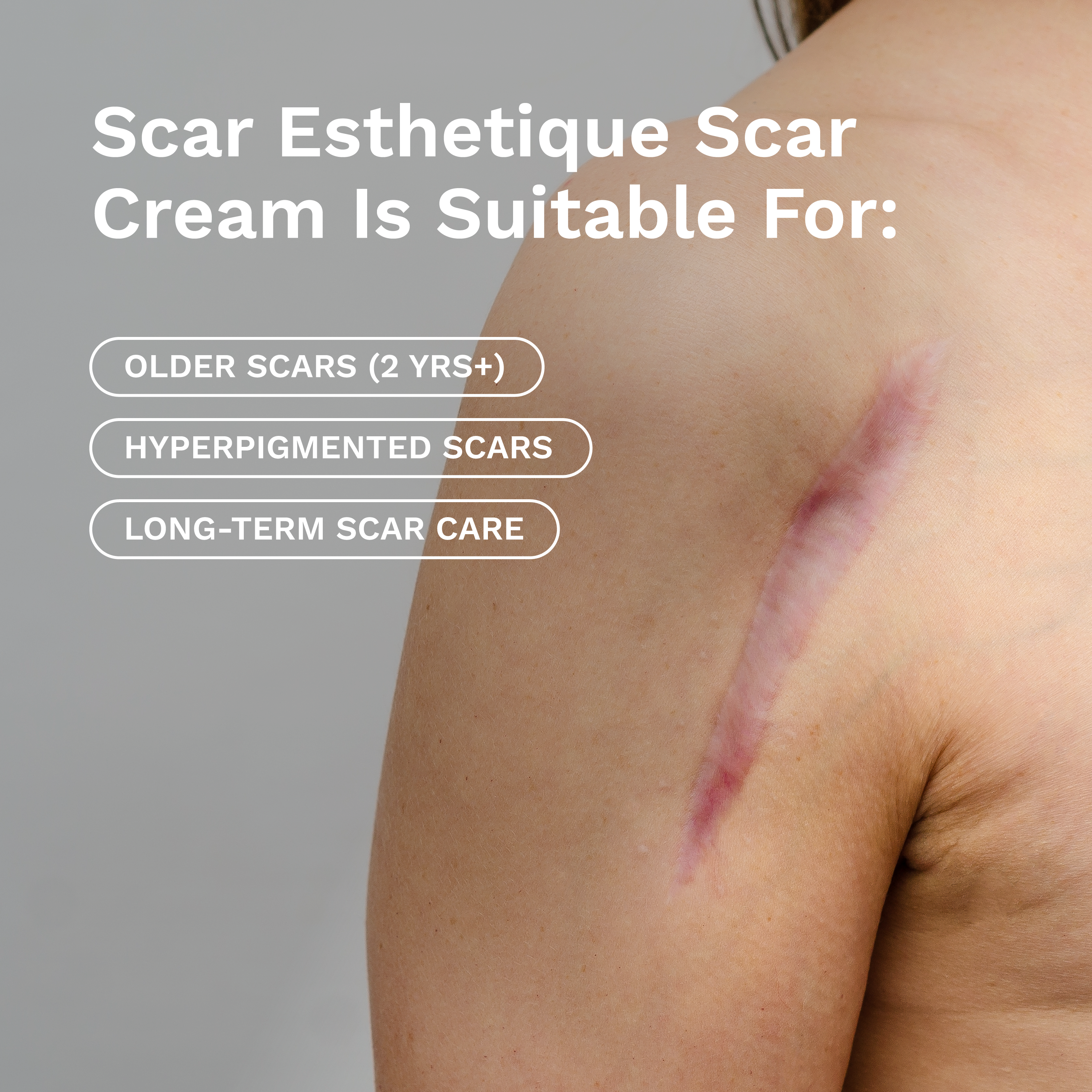








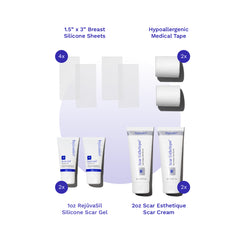
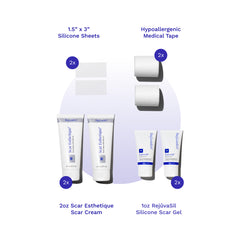

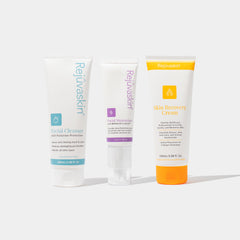

Leave a comment